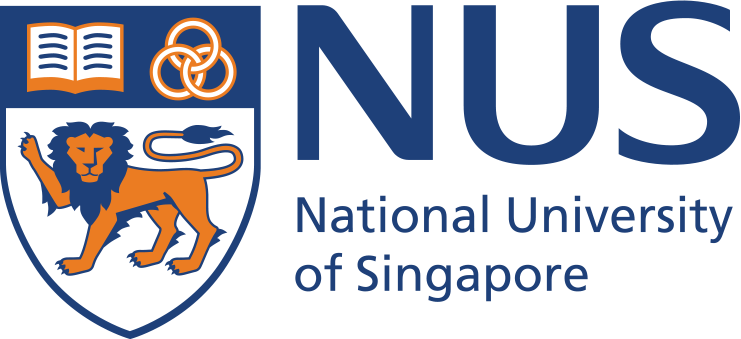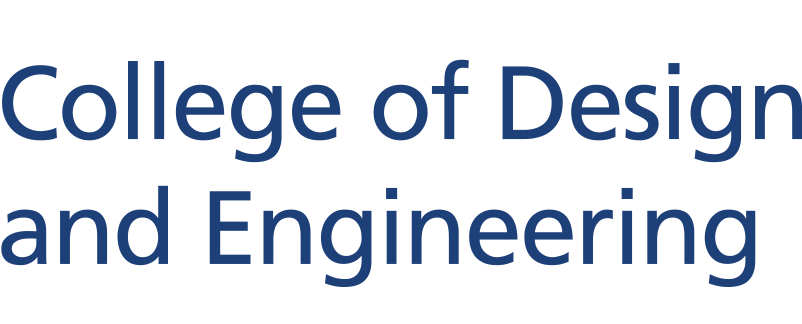| E3A: Better Solutions For Neonatal and Women’s Health | View |
| Esthemedica: Know Your Skin | View |
| Frugae 2.0: Using algae to turn waste into feed | View |
| HarriAnns: Happiness is Handmade | View |
| PFF: Monitor stretching activity and help reduce recurrence of Plantar Fasciitis | View |
| ChipSafer: Watching your Cattle 24/7 | View |
| EasyEPR: We are More than Just Recycling | View |
| HckR: Information Anytime, Anywhere. | View |
| MimoKnee: Your Friendly Knee Companion | View |
| SimulTrain: Medical Training for Non-Professionals | View |
| AI-Browsing: Replacing Operator Reliance for Browsing Process in Manufacturing | View |
| FArmas: Reducing Costs and Improving Practicality of a Soft Robotic Exoskeleton | View |
| Frugae: Frugal Methods to Turn Waste into Food and/or Feed Products in an Urban Environment Using Microalgae | View |
| Garang Guni: Creating a sustainable system for domestic waste recycling | View |
| Algae Providing healthy & nutritious algae for the world as an affordable & sustainable source of protein without starving our planet |
View |
| Qualis Provides a fast, accurate, and affordable chemical testing and measurement solution using a handheld spectrophotometer (Photopette®) that connects wirelessly to your portable smart devices |
View |
| Infinite Innovations Weaving lives of Special Needs |
View |
| Paper Breath Diabetes Screening Kit |
View |
| Aquafrugal-waste management and potential uses for sludge from aquaculture farm The amount of aqua wastes at the bottom of fish ponds is considerable and diverse. The waste tampers the efficiency of the ponds and hence needs to be removed. A common method is to simply drain off the water and take in new clean water. The waste water (sludges) however have high pathogenic, toxic constituents and bacteria that need to be removed and treated before disposal. The types, timings, constituents and characteristics of waste, including algal biomass from different species of aquacultures within a confine, may vary. Such aqua wastes biomass could be collected and treated and possible new uses could be explored through frugal innovation and management for sustainability. This project aims to identify the types of wastes and propose alternative higher value end products from the waste that will help to avoid stockpiling/disposal and pollution on downstream water courses in places such as Sabah and Indonesia. |
|
| Aquaculture – Increasing fish yield by ensuring uniform growth Tilapia fish are an aggressive feeder. The amount of feed consumed by the Tilapia has a direct impact on its growth and development, in other words, bigger or more energetic fish will grow faster than smaller and less energetic ones. This has resulted in current yields of about 60% for small fish farmers in Malaysia.It is essential to find an engineering solution to ensure that the growth and development of juvenile fish introduced into the pond is uniform regardless of size and energy level. This will allow farmers to increase yield to beyond 90%. |
|
| Urban farming – Scale up for production Comcrop produces vegetables using urban farming methods in Singapore. It engages members of the Movement for the Intellectually Disabled of Singapore (MINDS) to produce sprouts from seeds that can then be transplanted into its urban farm. The project started 3 years ago, and the yield has been rising to 70%. This success has prompted the company to increase production by ten-fold. This is great for the company but poses a problem for the rate at which sprouts are created from seeds.Your challenge, if you accept it, would be to engineer a method to help the intellectually disabled to produce sprouts from seeds quickly and have them transported to Comcrop’s farm. |
|
| System for diabetics with neuropathy to prevent food injury or ulcers 85% of diabetics requiring amputation have foot ulcers that precede their amputation. One of the main causes of diabetic foot complications is peripheral neuropathy (numbness) as patients are unable to feel if they have sustained any injuries to their feet. This can result in unnecessary wounds for patients, which can get infected and in turn result in an amputation. Most patients with poorly controlled diabetes come from the lower socioeconomic strata in our societies.This project aims to develop an affordable and practical device to allow patients to feel again, and/or to detect pre-ulcers so as to prevent the formation of ulcers. |
|
| Soil water management – IIT Bombay project The management of water particularly in rural areas has become the single biggest issue for farmers. Smart Irrigation systems that combines sensing of water is needed. IIT Bombay has developed an IoT based Smart irrigation system for Indian Agriculture. It is an indigenously developed affordable soil sensor system to optimize irrigation. It has all the elements needed to address a need and a market potential of several billion dollars in the next five to seven years. This project which is in partnership with IIT Bombay and Soilsens looks into the business viability of this solution for not just the rural farmers in India but the potential to use this technology elsewhere, including in urban communities like Singapore where water management is also an issue. |
|



